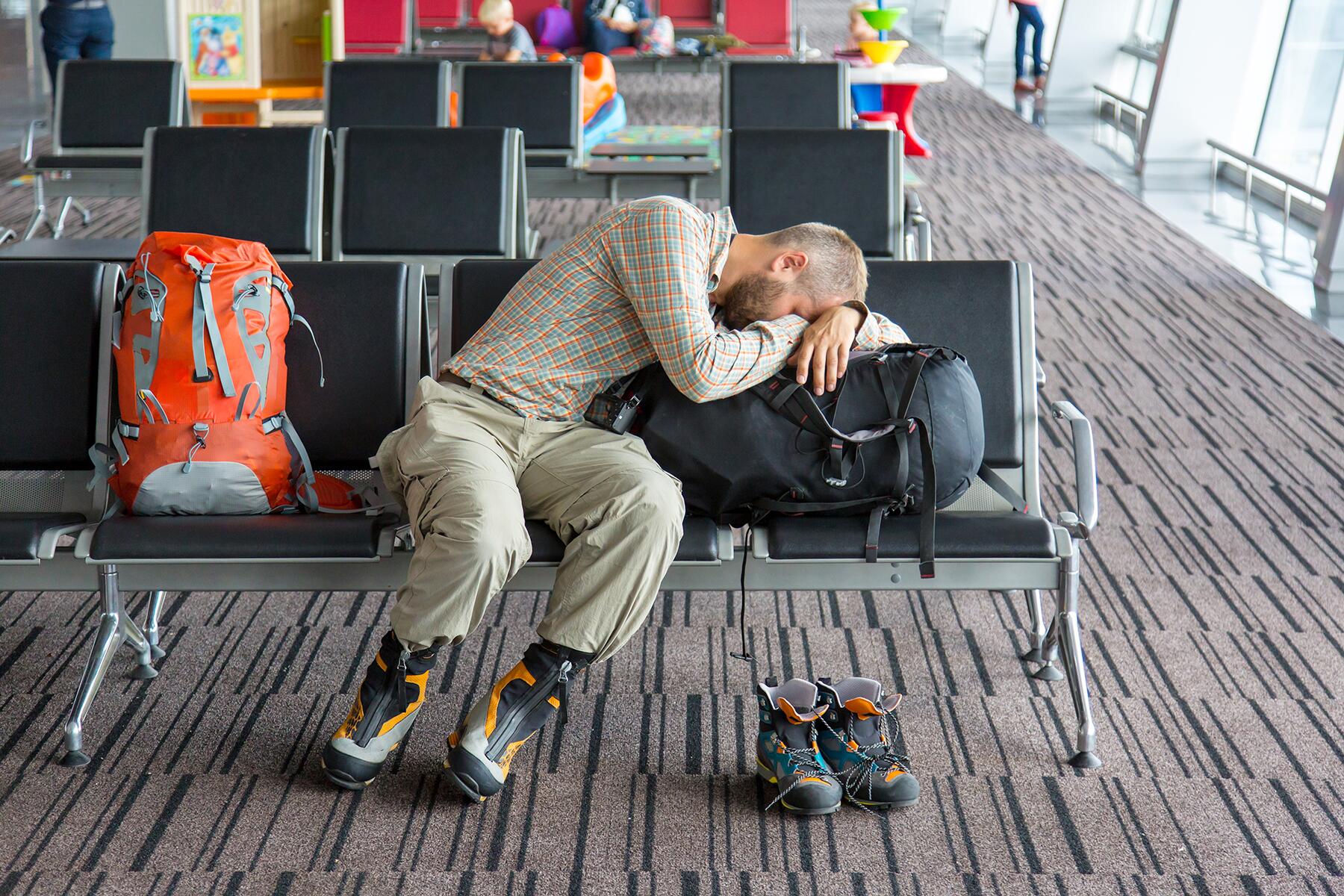Servers weigh in.
States around the U.S. have begun to reopen, phasing in new businesses in accordance with their cases. Though quicker than many expected, you’ve likely noticed restaurants in your neighborhood turning lights back on and once again welcoming diners into their spaces. Even in states and districts with the strictest COVID-19 regulations, restaurants have been given the okay to reopen—but the question remains: Should you or should you not go?
There has been lots of discussion around this question, sometimes overlooking health to focus attention towards the economy—restaurants need to stay in business, and the only way to do so is by allowing them to reopen. Often times, however, this argument and way of logic ignore the people now forced off unemployment, the servers, who, in the midst of a pandemic, are having to return to work.
In Chicago’s Wrigleyville neighborhood, known for its packed sports bars, nightlife, and baseball stadium, bars and restaurants began re-welcoming customers in mid-June. While Illinois got ahead of the virus and successfully flattened the curve, the state is now seeing their numbers slowly begin to rise. Despite these concerning statistics, restaurant workers are continuing to head back into crowded venues, where most customers remain mask-less.
Top Picks for You
Recommended Fodor’s Video
One Wrigleyville employee, who works at one of the most popular sports bars on the strip, reported that workers’ health is not being considered in this reopening.
“The owners of the bar itself do not emphasize the safety of the staff,” said the employee. “We do not have our temperature taken, we are not asked how we are feeling. [We are] underpaid, our benefits have been cut, and no one has been tested for the virus itself.”
In addition to the general health risks, this employee indicated that their job is no longer just to serve customers, but to enforce COVID-19 rules. The restaurant-bar allows no more than six people at a table, customers are not permitted to approach the bar (where food and drinks are being prepared), and masks must be worn when not seated. Despite the clear guidelines, employees have daily encounters with customers unwilling to follow these set rules.
“People do not follow the rules. They complain that the rules are pointless, that other bars do not have these rules, that they shouldn’t have to follow these rules,” the employee reported. “Despite several gentle reminders, most patrons do not follow the rules and often they tip poorly when security has to intervene to enforce social distancing.”
Emphasizing how their income has continued to be affected despite being back at work, this employee indicated that they often see their “friends crying after being tipped $20 on a $300 tab.”
And while the obvious financial burden might appear to be the staffers’ biggest concerns, sometimes it’s what results after a gentle reminder of the rules that most negatively impacts them.
When a patron was asked to leave by security guards over the weekend, the customer proceeded to “[use] racial slurs, tried to physically fight managers and security, and ultimately spit in the eye of a staff member,” said the server. “This behavior is unacceptable at any time but especially during a pandemic.”
And while this type of reaction might be on the more extreme side of how things have begun changing in customer service, even at small restaurants, things are nowhere near normal for staff.
At a small, locally-owned restaurant in Iowa, one hostess has reported concerning conditions, for both the restaurant, as well as employees and customers.
“Although staff members will do everything they can to protect you, it’s the other guests who, in my opinion, pose more of a risk.”
“We’ve been open again for only a few weeks, but things are drastically different,” they said. “Before the pandemic, we had constant wait-lists and it was difficult to get a table without a reservation. Now, although we’ve halved our occupancy limits, we haven’t been full once…we aren’t seeing many people venturing out at all right now.”
According to data released by Yelp, 139,339 businesses that, on March 1 identified as open, have since marked themselves as closed. Staff at this Iowa restaurant does worry that they could be next.
“A lot of the restaurants in my area are shutting down due to COVID, and honestly, I anticipate that more will follow suit,” they shared.
Despite this concern regarding their employer and livelihood, they maintain that they find it difficult to support frequenting restaurants.
“I don’t think people should be going to restaurants unless they are positive they aren’t carrying the virus, but I understand the impulse,” the hostess said. “I want to support local businesses, too, and as a person who is working in a dying restaurant, it’s hard to discourage people from coming in. But for everyone’s safety, I would prefer that we all just stayed home.”
Coming to this decision required reflecting on their own restaurant’s safety measures. Though the restaurant has maintained a low-flow of traffic, this hostess has not felt it has made the dining experience safe.
“[In regards to] whether or not I think the safety measures are actually safe, I can just say that if I didn’t have to work, I wouldn’t be there,” they disclosed. “There is simply no way to avoid the risk when you are going out to eat. Although staff members will do everything they can to protect you, it’s the other guests who, in my opinion, pose more of a risk, as they aren’t as aware of the sanitation requirements and don’t wear masks while they eat.”
And this sentiment is not found only at dine-in establishments, as one employee of a popular ice-cream chain put it, “I personally work at a counter-style take out shop, so I inherently have less contact than a sit-down restaurant…[but] to be frank, I don’t believe there is a way to safely serve and [eat out] during a pandemic.”
This employee’s greatest frustration is that of their own safety, both health-wise and financially, explaining, “I do not feel comfortable going into a space where I know multiple people are constantly not taking proper precautions for my safety,” they said. “When a non-essential worker goes somewhere like the grocery store and feels threatened by an inconsiderate individual, they have the power to leave that situation. As a worker whose job it is to serve anyone willing to buy, I do not have the luxury of removing myself from people who make me feel unsafe.”
And while some may argue that this individual simply not return to work, that is not a feasible reality for so many in the service industry, as this employee explains their situation as a “Catch-22.”
“I am extremely reliant on tips,” they explained. “I don’t see the government being willing to issue unemployment to last through COVID’s end. So, I personally feel I have no choice but to acclimate to the new normal and encourage customers into the shop, even if it’s at the expense of everyone involved’s health.”
Without government support, these individuals have no choice but to keep going back to what they themselves describe as an unsafe environment. Many employees are now having to think of not only how to make ends meet, but how to ensure they are not catching the virus in their work environment. Do the employees think you should go back to restaurants? The answer is a resounding no. But, as fear of the country’s current increased unemployment being phased out becomes more of a reality, their reliance on steady income ultimately takes precedence.
If staffs’ first-hand experiences and fears have you rethinking your plans for a weekend brunch, consider your options. Supporting a business and its employees can be more than dining in, it can be ordering take out, buying gift cards and merchandise, donating to servers’ GoFundMes, and ensuring that you tip staff a minimum of 20%.




